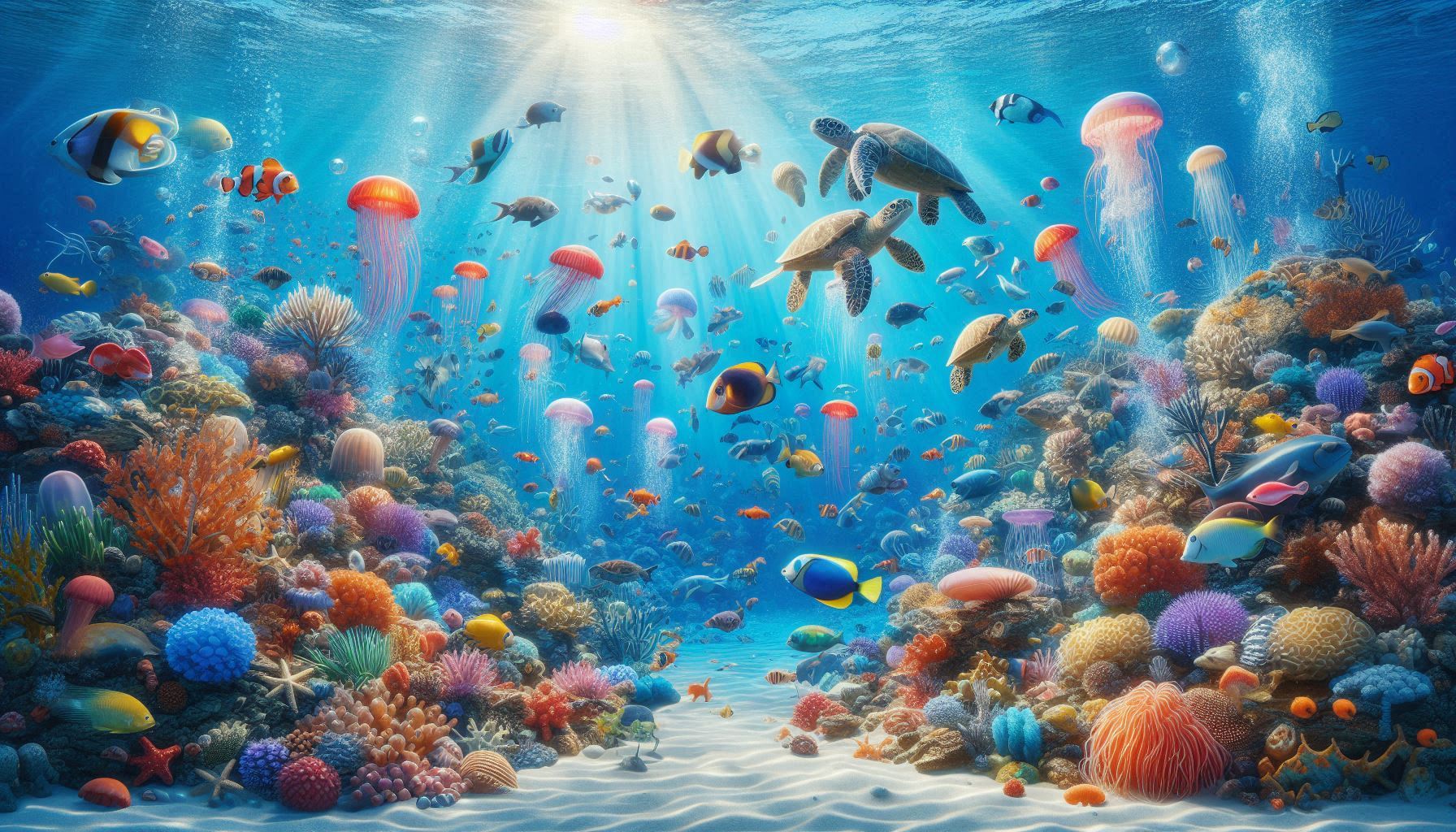When studying marine life, we come across the idea that they move vertically, going back and forth between deep and shallow areas. Due to factors such as water pressure, we had the impression that they only move horizontally, but they also move vertically frequently. This frequency seems to be daily, and is a magnificent daily routine called diel vertical migration.
Dives during the day and surfaces at night
Copepods and other zooplankton that support the marine ecosystem apparently migrate vertically up and down every day to avoid being eaten, diving to the depths of the ocean during the day and rising to the surface to eat phytoplankton when it gets dark. Small fish, crustaceans, and krill also seem to perform the same movement every day. Many marine organisms rise to the surface every night in oceans all over the world.
epic move
The epic daily routine of trillions of organisms, totaling about 10 billion tons, is sometimes called the largest animal migration on Earth. The number of organisms surfacing is so great that it appears as if the ocean floor is rising on sonar from ships and other devices. The swarms that were on the surface at night dive back into the depths as the morning sun begins to shine on the ocean’s surface, so from a global perspective, it may appear as if the swarms are diving one after the other as the sunrise moves from east to west, from the Pacific Ocean to the Indian Ocean to the Atlantic Ocean. And as the sun passes and sunset begins, the movement of the hordes of whales rising one after another toward the sea surface looks like a wave following the Earth’s rotation.

travel distance
Japanese eels seem to travel between depths of about 800 to 230 meters, a journey in which the water pressure changes three times every day. Eels rise to about 230 meters during a new moon, but only to about 300 meters during a full moon because it is bright and there is a higher chance of being spotted by other creatures. Myctophias also seem to travel between depths of about 1000 to 300 meters, and it is amazing how marine life can adapt to water pressure.

Other diurnal vertical movements
Not only in the ocean, but also in freshwater organisms such as those in lakes, they seem to perform diurnal vertical migration, diving deep into the lake to hide during the day and coming up to the surface at night to eat algae. Also, in the Arctic Ocean, krill appear to perform diurnal vertical migration even during the polar night, when night lasts for weeks and it is impossible to distinguish between day and night. Krill are unique organisms that can synchronize their biological clocks even with a small amount of light, so circadian rhythms are the workings of life.
Diurnal vertical migration is amazing
Considering that a lazy river can be created with the human power of a small number of people, the diurnal vertical migration may also be stirring up the ocean and promoting circulation. If it is the world’s largest grand daily routine, then there must be a reason for stirring it up periodically between day and night. The diurnal vertical migration is amazing. The grand workings of the Earth are amazing.


